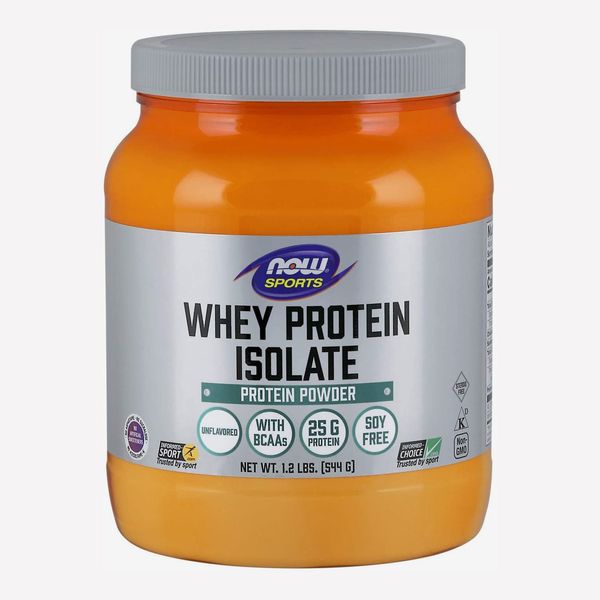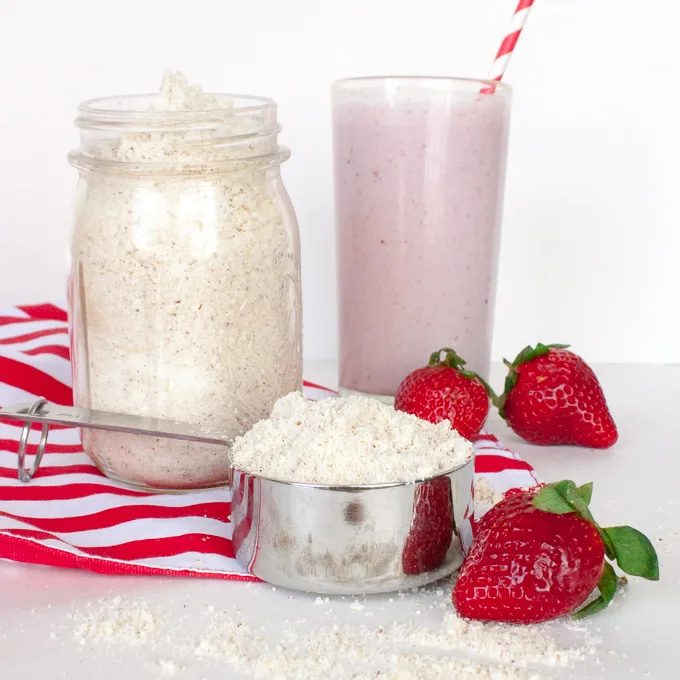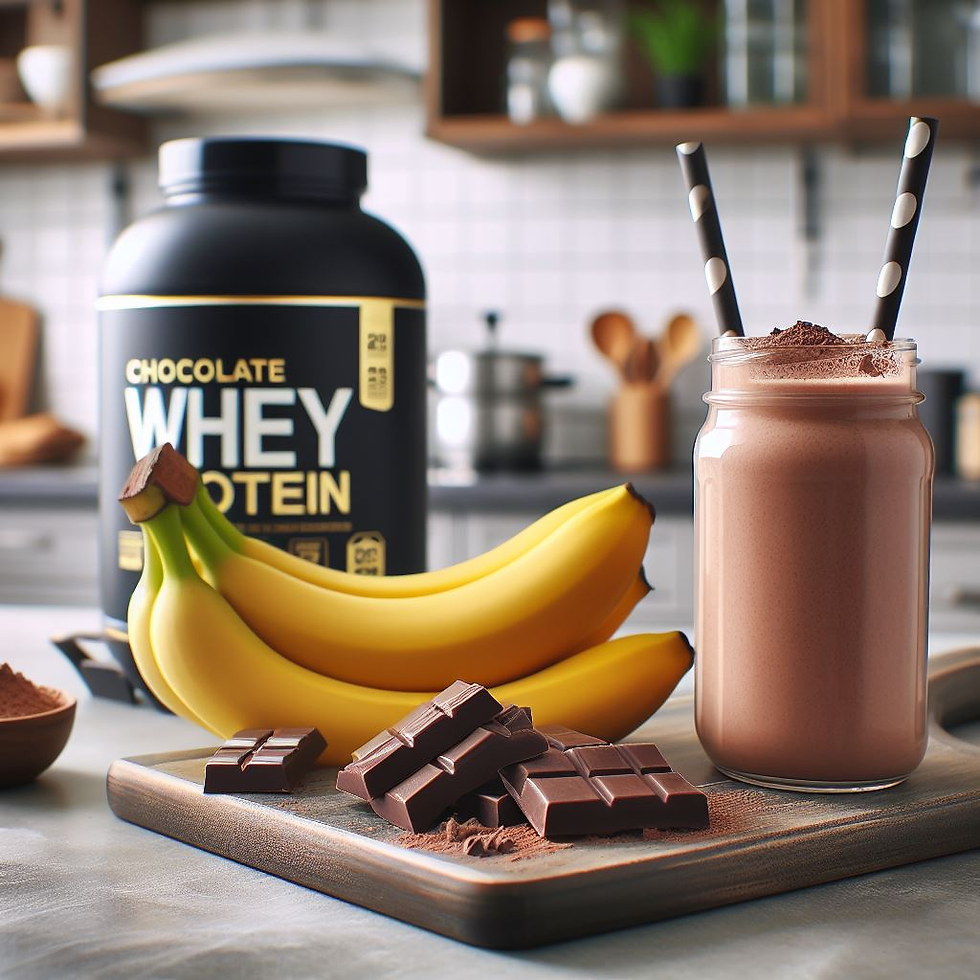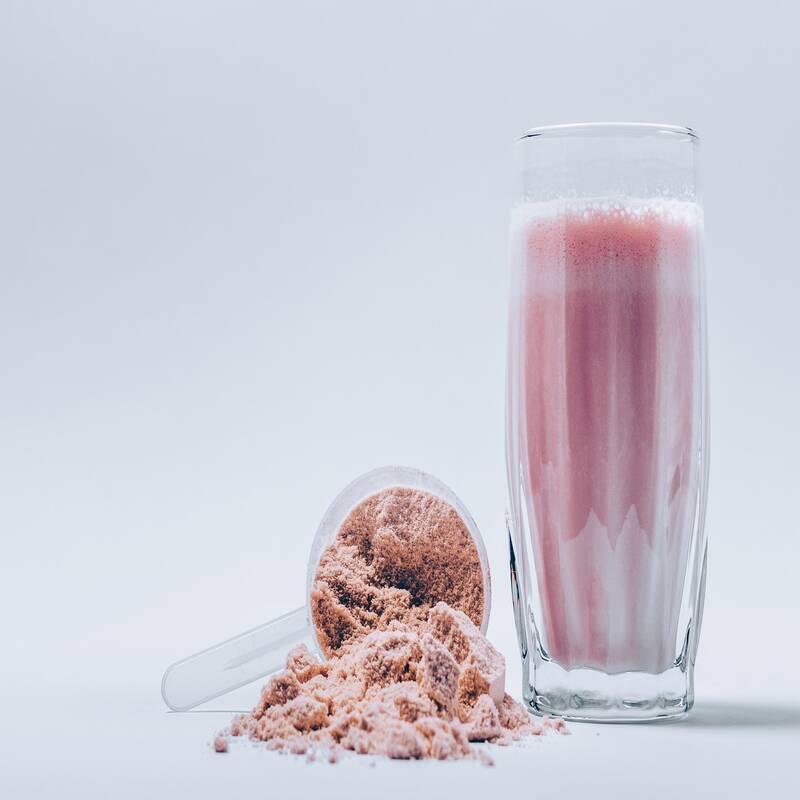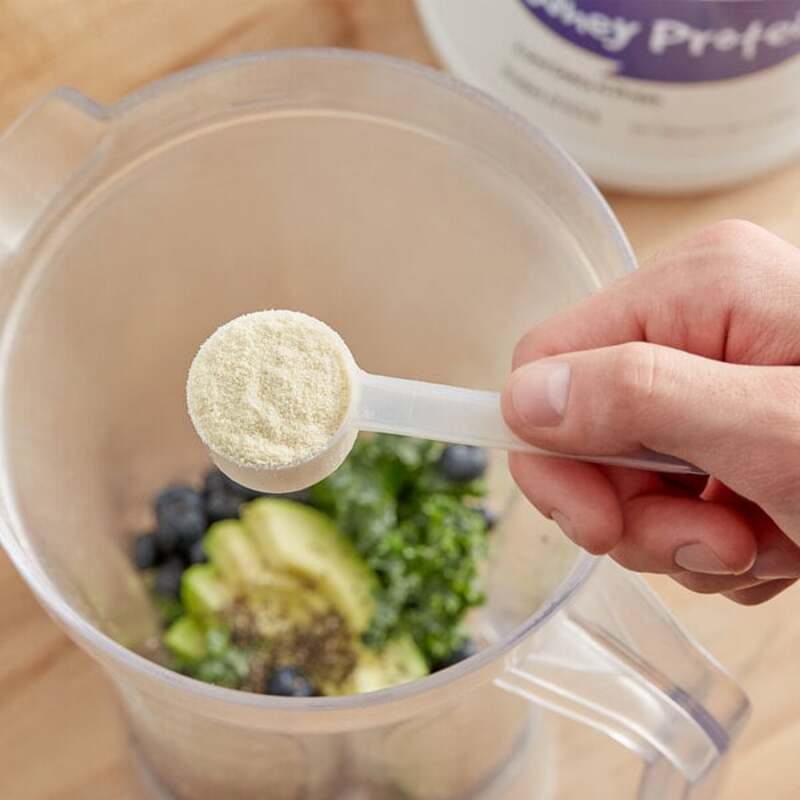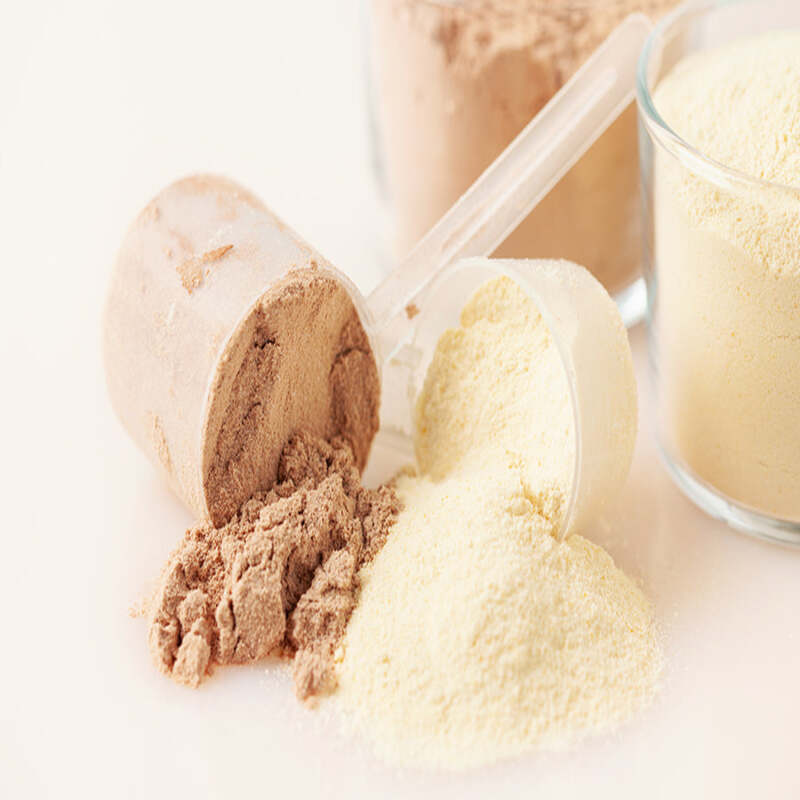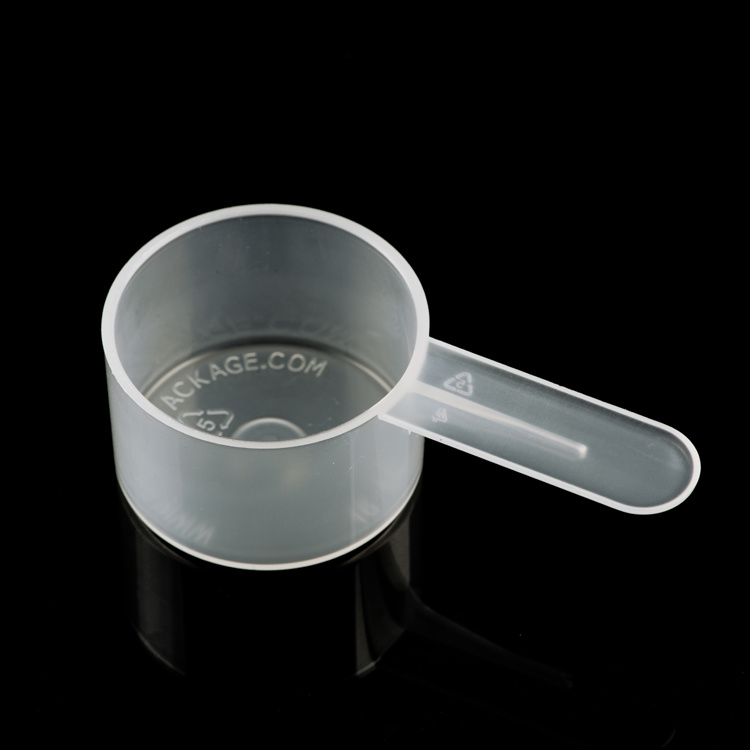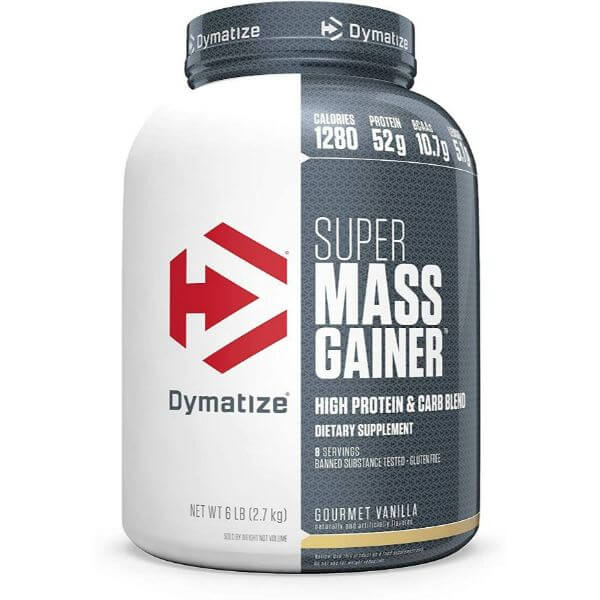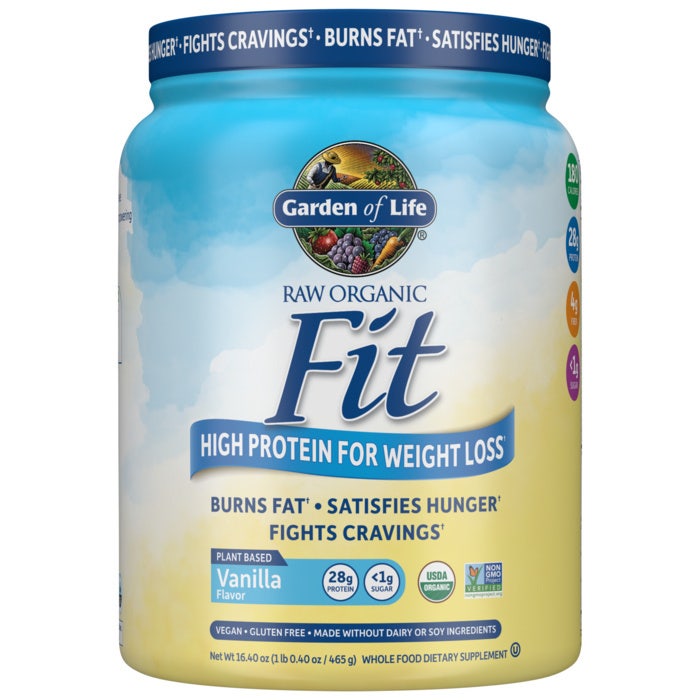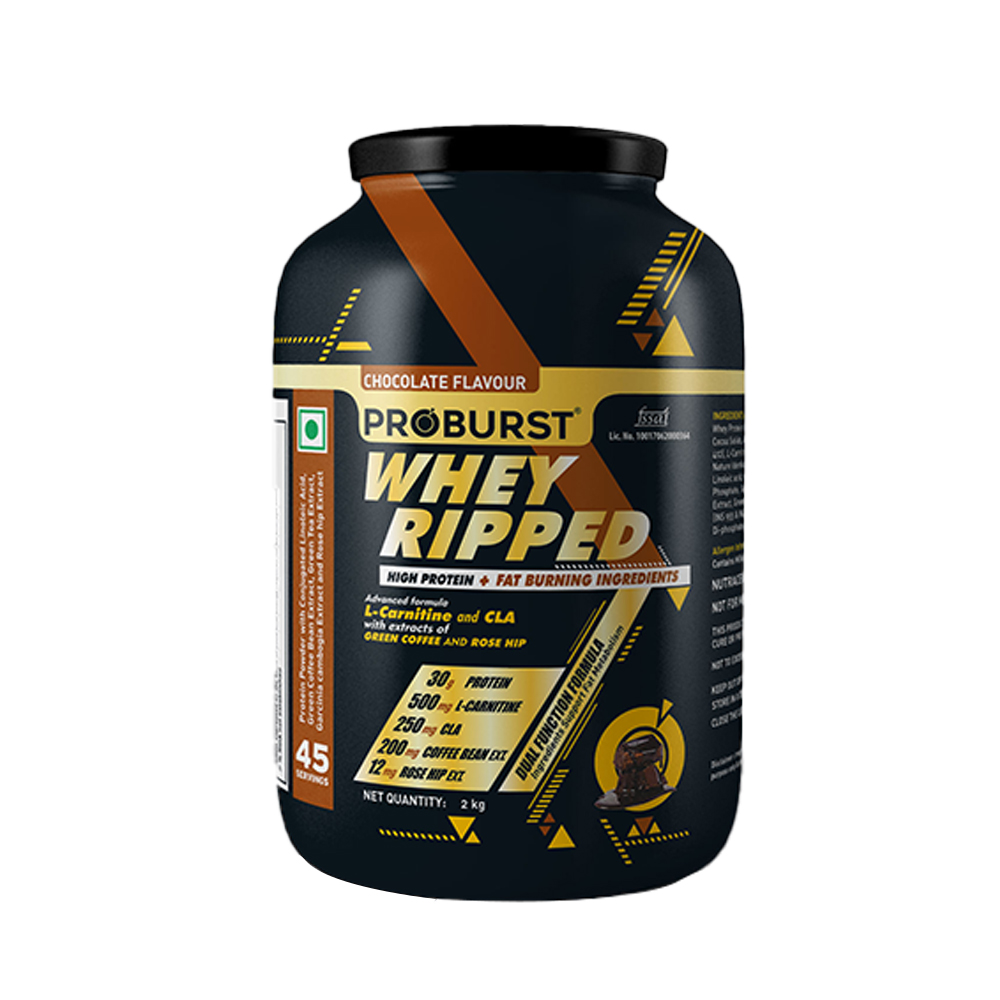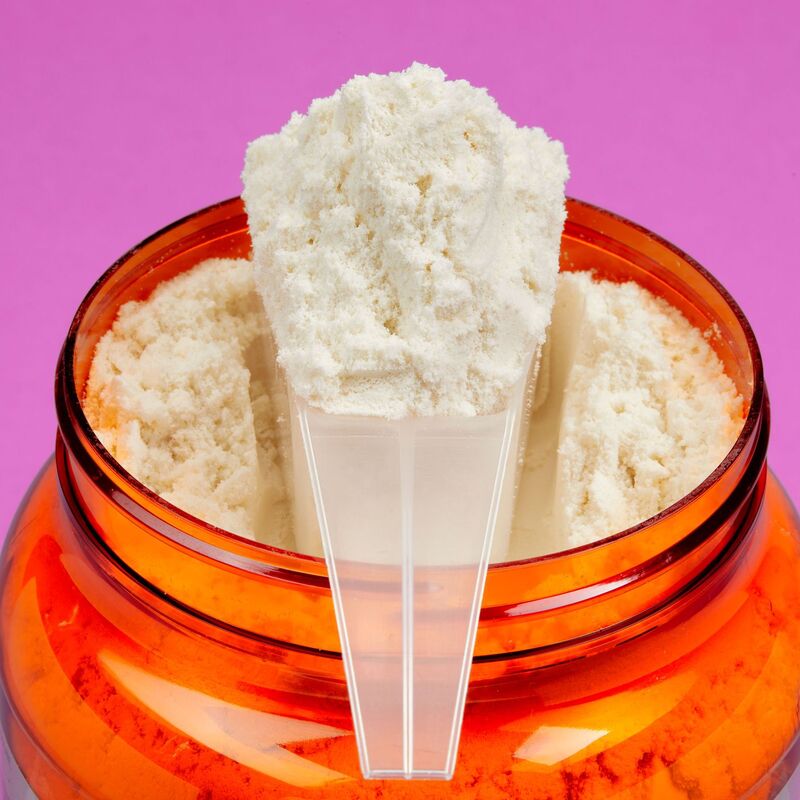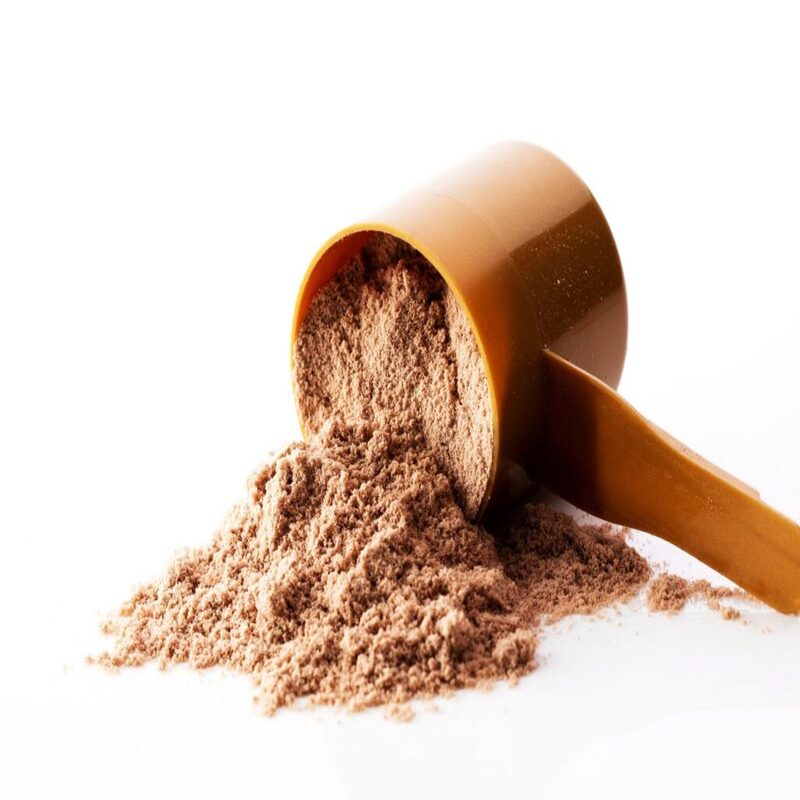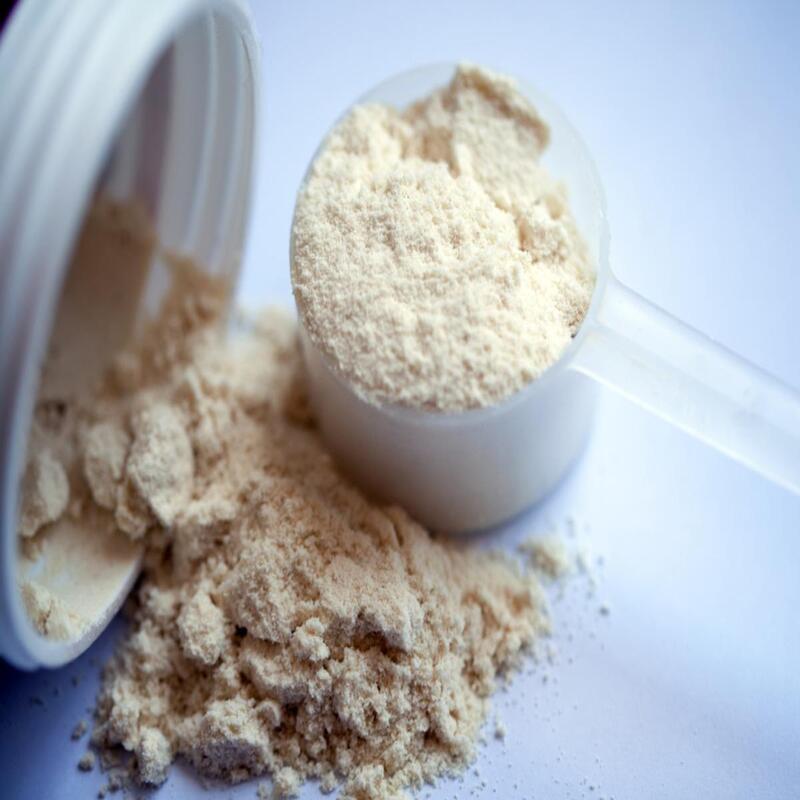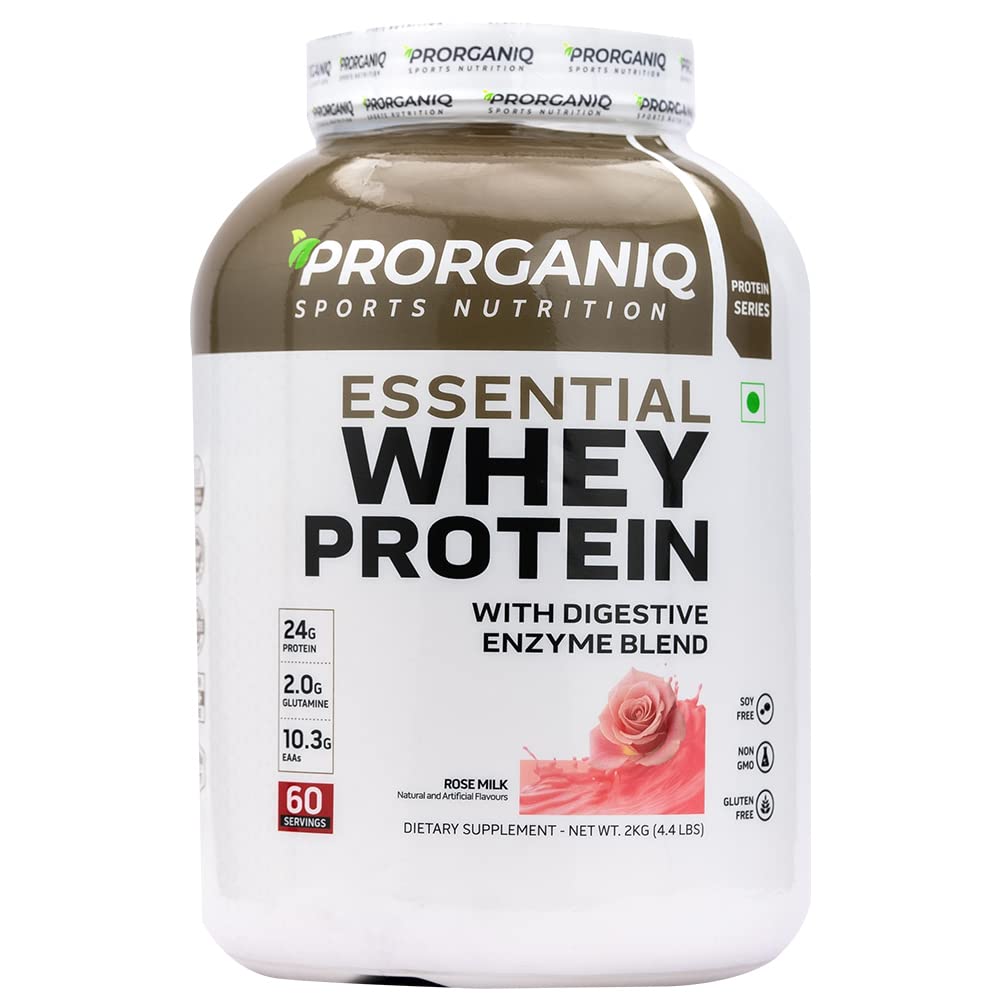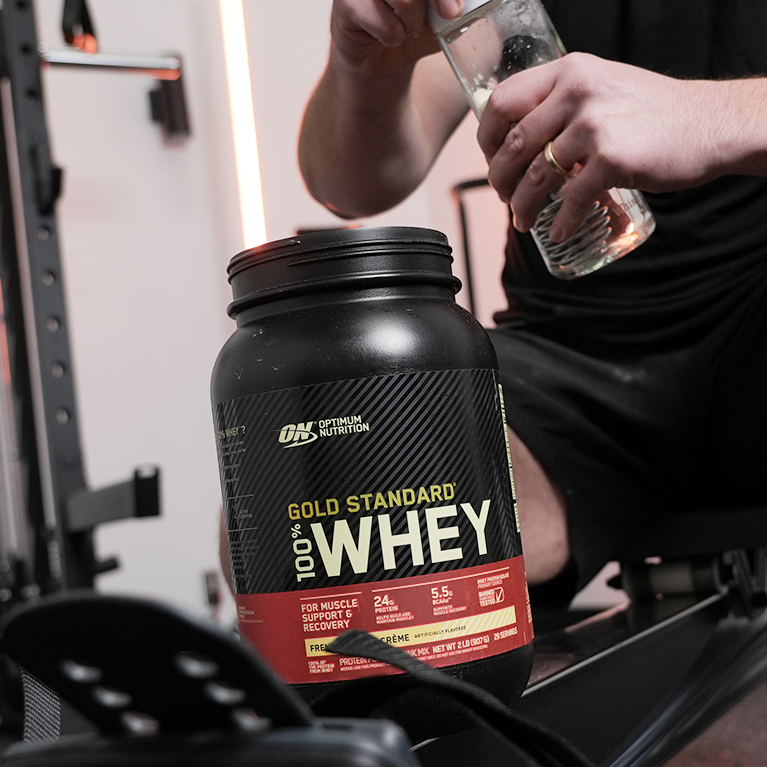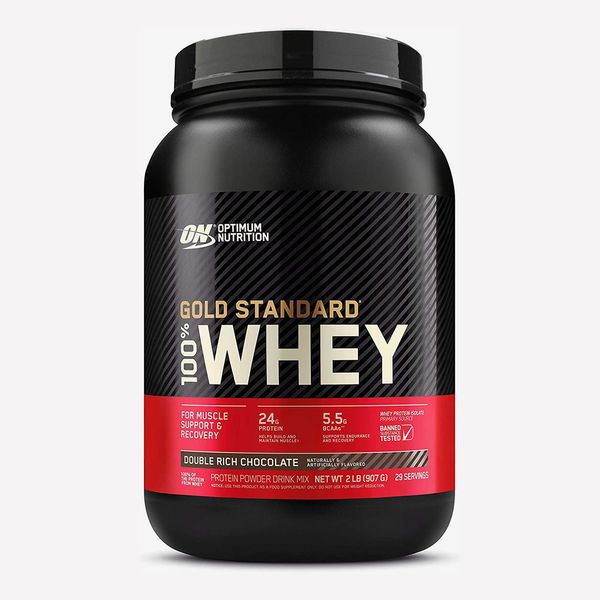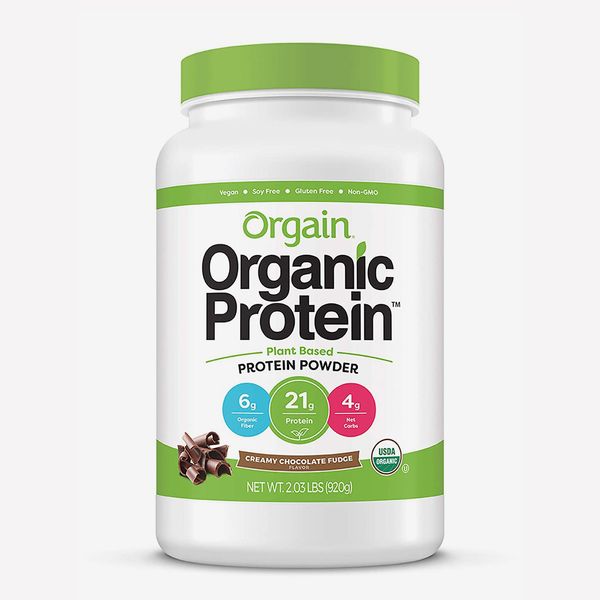Protein powder has gained immense popularity among fitness enthusiasts and health-conscious individuals. However, many consumers often wonder why is protein powder so expensive. The price can be attributed to multiple factors that include sourcing, production methods, and market demand. Understanding these elements is essential for consumers looking to make informed choices about their supplementation.
Sourcing Quality Ingredients
Raw Material Costs
One primary reason for the expensive cost of protein powder lies in the quality of raw materials sourced. High-quality proteins, such as whey, casein, and plant-based options, require specific conditions for cultivation or extraction. For instance, whey protein isolates are derived from milk, which involves a complex and costly production process. The cows themselves require proper nutrition, care, and a clean living environment, all of which contribute to higher costs. Thus, the price begins before the powder even reaches the consumer.
Sustainability and Ethical Considerations
In recent years, consumers have become increasingly aware of sustainability. Brands often invest in ethical sourcing practices, which can further inflate costs. Sustainable farming practices, for example, generally involve lower yields but enhance soil quality. Additionally, animal welfare is a vital concern. Brands that prioritize high welfare standards will often face higher expenses. Therefore, ethical sourcing translates not only to better quality but also higher prices for consumers.
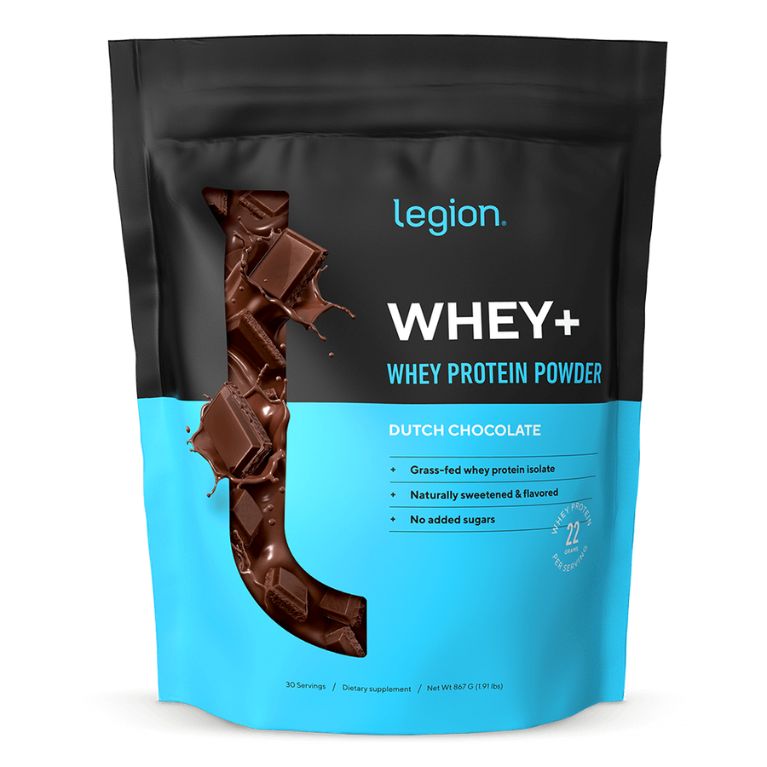
Production Methods Impact Pricing
Manufacturing Techniques
The production process of protein powders can also affect pricing. Different manufacturing techniques yield various protein types—such as concentrates, isolates, and hydrolysates. Concentrates protein powder are often less expensive because they undergo minimal processing, while isolates and hydrolysates require intricate processes that remove fats and carbohydrates. Consequently, these specialized techniques amplify costs due to labor, equipment, and time required in production. Thus, how protein powder is manufactured has a direct correlation with its market price.
Quality Control and Testing
Another essential but often overlooked aspect is quality control. Reputable brands prioritize comprehensive testing to ensure their products are free from contaminants and meet specific quality standards. This rigorous testing may include nutrient profiles, microbial testing, and heavy metal checks. Conducting such tests can significantly increase the overall production costs, which are often passed on to consumers. As a result, consumers can expect to pay more for guaranteed safety and quality.
Branding and Marketing Strategies
The Role of Branding
Branding plays an influential role in the pricing of protein powders. Well-established brands often charge more due to their reputation and consumer trust. They invest heavily in marketing campaigns that communicate purity, effectiveness, and health benefits. Consequently, consumers may be willing to pay a premium for products they perceive as superior. While this pricing strategy might seem unjustified, many consumers still choose reputable brands over cheaper alternatives.
Packaging and Presentation
In addition to branding, attractive packaging and presentation can inflate costs. Many companies invest in eye-catching designs and eco-friendly materials to appeal to environmentally conscious consumers. High-quality packaging not only protects the product but also enhances its shelf life. Ultimately, these factors contribute to higher price points. Therefore, consumers must consider the overall experience and branding when purchasing protein powder.
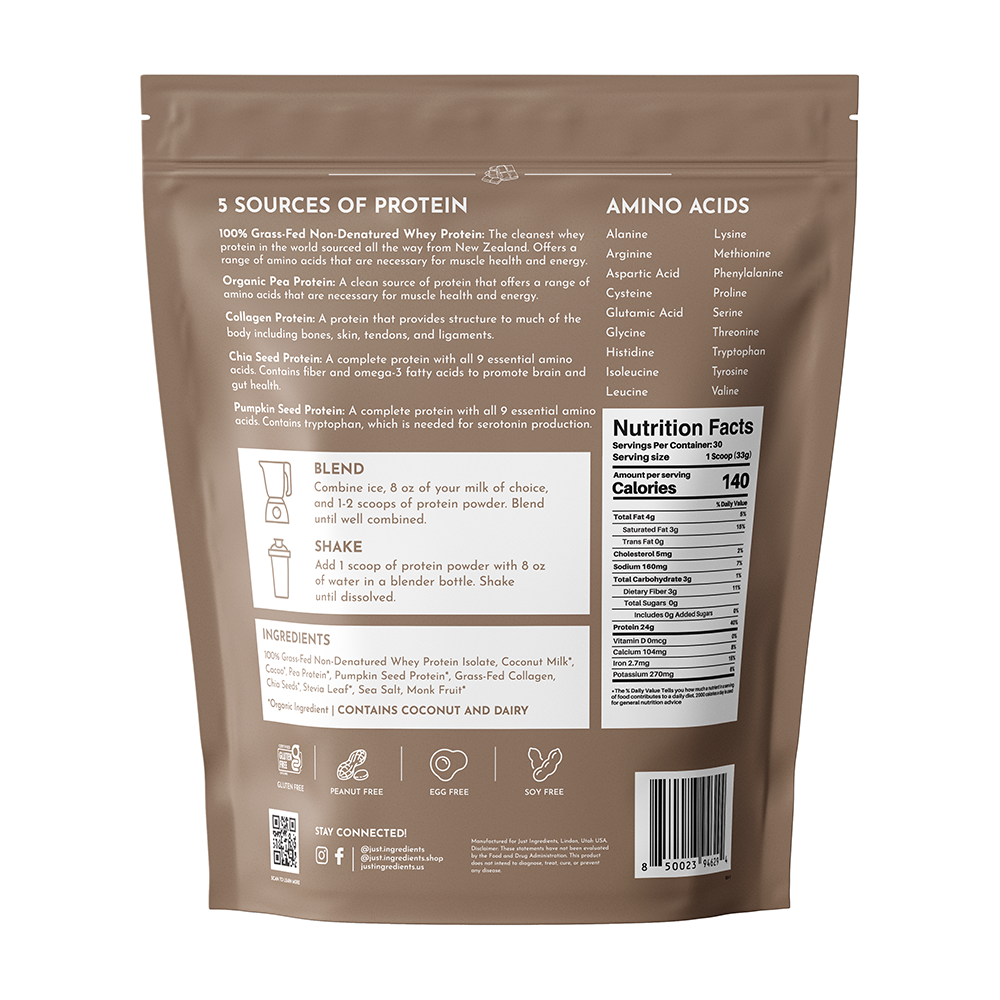
Market Demand Drives Prices Up
Increasing Health Consciousness
Over the past few years, there has been an evident rise in health consciousness, and this trend drives demand for protein supplements. More people are incorporating protein powders into their diets for various reasons, including weight loss, muscle gain, and meal replacement. As demand rises, so too does pricing. Companies may raise prices when the market is hot to maximize profits, which directly impacts consumers at the point of sale.
Competition and Price Wars
Interestingly, increased demand can also lead to competitive pricing strategies among brands. While some companies may lower prices to capture market share, others stick to premium pricing based on their unique selling propositions. In this scenario, consumers face a broad range of options. However, they must also navigate the complexities of quality underlying the price. If one brand lowers prices substantially, it may raise consumer skepticism about quality. Thus, the market’s balance between demand and supply hinges on complex pricing frameworks.
The Role of Distribution Channels
Retail Markup
Distribution channels also play a significant role in the overall pricing structure. Retailers typically mark up prices for protein powders to account for their own operational costs. This may include aspects like employee wages, overhead, and store maintenance. Consequently, when consumers purchase protein powder from retail stores, the final price may be much higher than the manufacturer’s suggested retail price. Therefore, shoppers should consider purchasing directly from manufacturers or online retailers to potentially save money.
Online vs. Brick-and-Mortar Stores
While brick-and-mortar stores have their advantages, online purchases typically yield better pricing. Online retailers can often offer lower prices due to lower operational costs, particularly if they rely heavily on direct shipping. Many of these online platforms also offer subscription models, which provide additional savings over time. Hence, consumers should weigh the benefits of online shopping against traditional retail methods to optimize their spending on protein powder.
Explore Price Variances in Different Markets
International Price Fluctuations
Another fascinating aspect of protein powder pricing is regional variances. Prices often fluctuate depending on country-specific economic conditions, tariffs, and import/export regulations. For instance, protein powder that is produced domestically may be more affordable in one country compared to another with strict import tariffs. Consequently, international consumers should be aware of local regulations that may impact prices significantly.
Economic Impact and Inflation
Economic conditions also contribute to price fluctuations. Inflation worsening can lead to increased costs of raw materials, manufacturing, and distribution. During tough economic times, consumers may see prices rise or stability threatened. Brands may adjust pricing structures to maintain profitability amidst changing economic landscapes. Thus, consumers must remain vigilant and adaptable when considering purchasing options for protein powder.
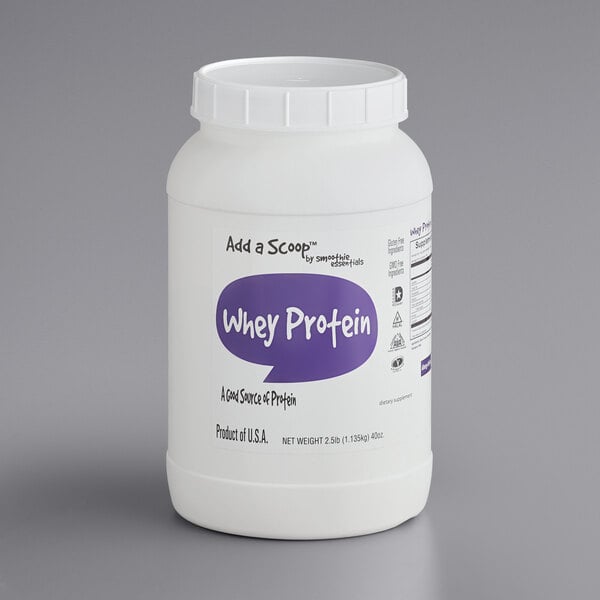
Consumer Education Matters
Understanding Value vs. Cost
Educated consumers are empowered consumers. It is crucial for potential buyers to understand the difference between value and cost. Cheaper options may seem appealing but may lack quality, effectiveness, or safety. For example, low-cost protein powders might contain fillers or questionable ingredients. On the other hand, higher-priced options may offer superior nutritional profiles, quality assurance, and ethical sourcing practices. Thus, consumers should weigh these factors to determine what truly represents value in protein supplementation.
Researching Brand Transparency
Brand transparency is increasingly becoming a consumer priority. Brands that openly share their sourcing, production, and testing processes build consumer trust, even if their prices are higher. By researching companies, consumers can choose brands that align with their values. This is especially important in the protein supplement market, where ingredients and quality can vary significantly. As a result, informed choices will lead to better health outcomes and more effective supplementation.
Conclusion: Making Informed Choices
Why is protein powder so expensive? Navigating the world of protein powders can feel overwhelming, but understanding the underlying factors affecting pricing can help. From sourcing quality ingredients to ethical practices, numerous elements contribute to the final price point. It stands to reason that not all protein powders are created equal; therefore, price alone should not be the only determining factor. As consumers become more aware of these complexities, they will be better equipped to make informed choices that suit their individual health and wellness goals.
Making educated decisions about protein powders not only allows consumers to optimize their spending but also ensures they receive the quality and effectiveness they deserve. By considering factors like sourcing, production methods, and market demand, consumers can feel confident in their choices. Ultimately, the investment in quality supplements can lead to long-term health benefits and greater satisfaction.
